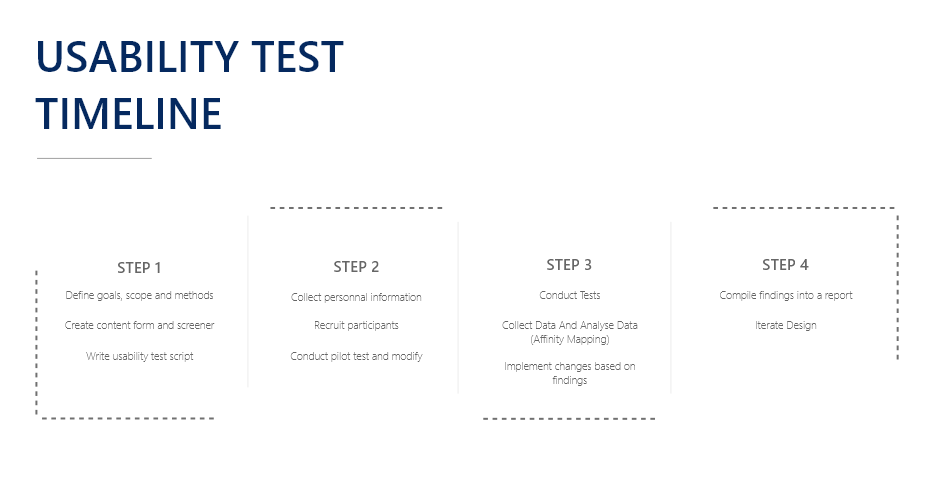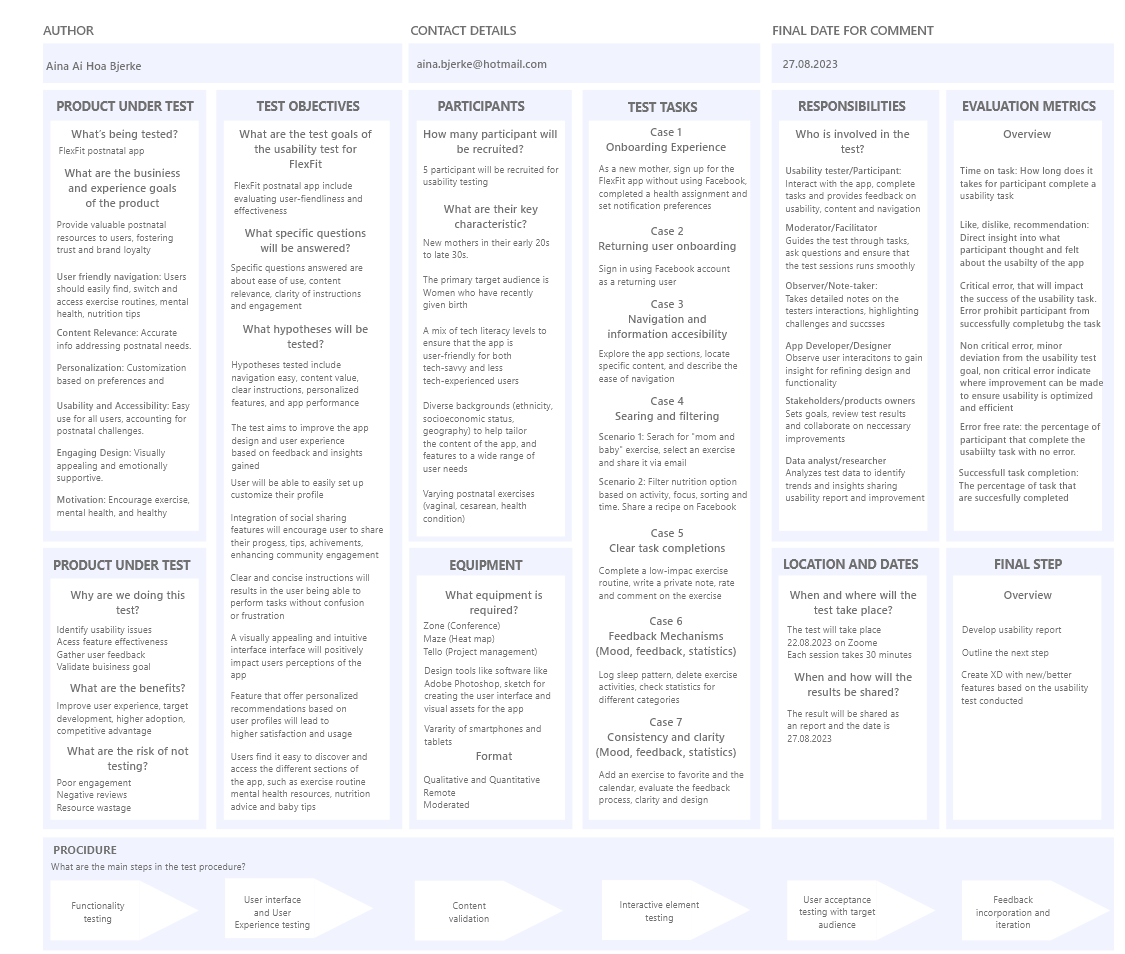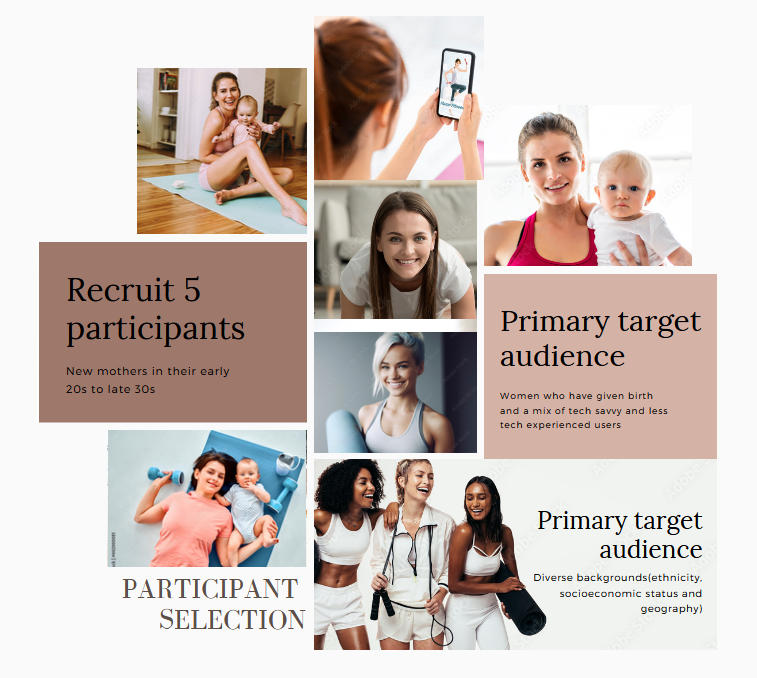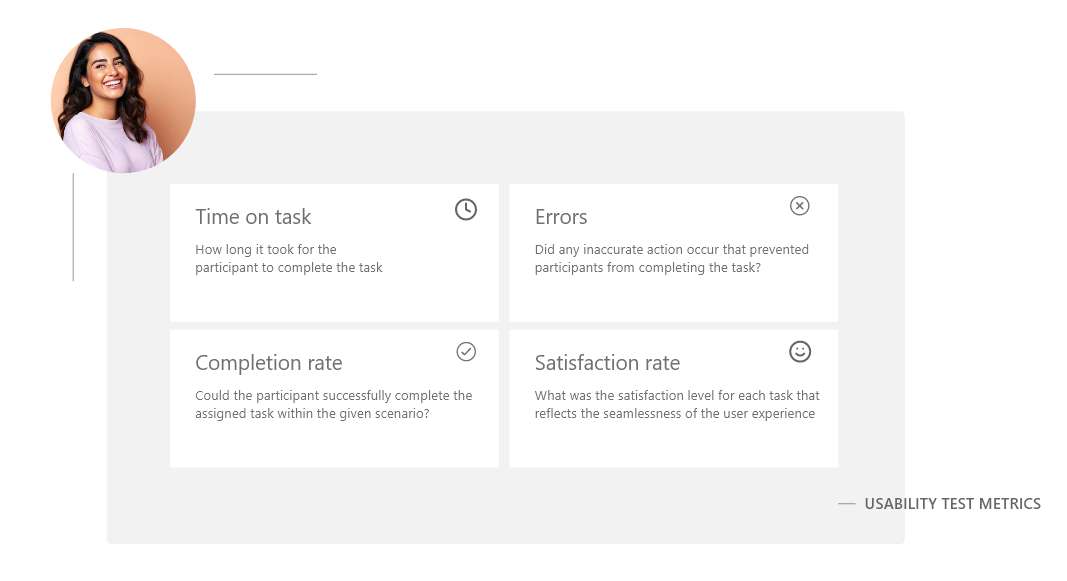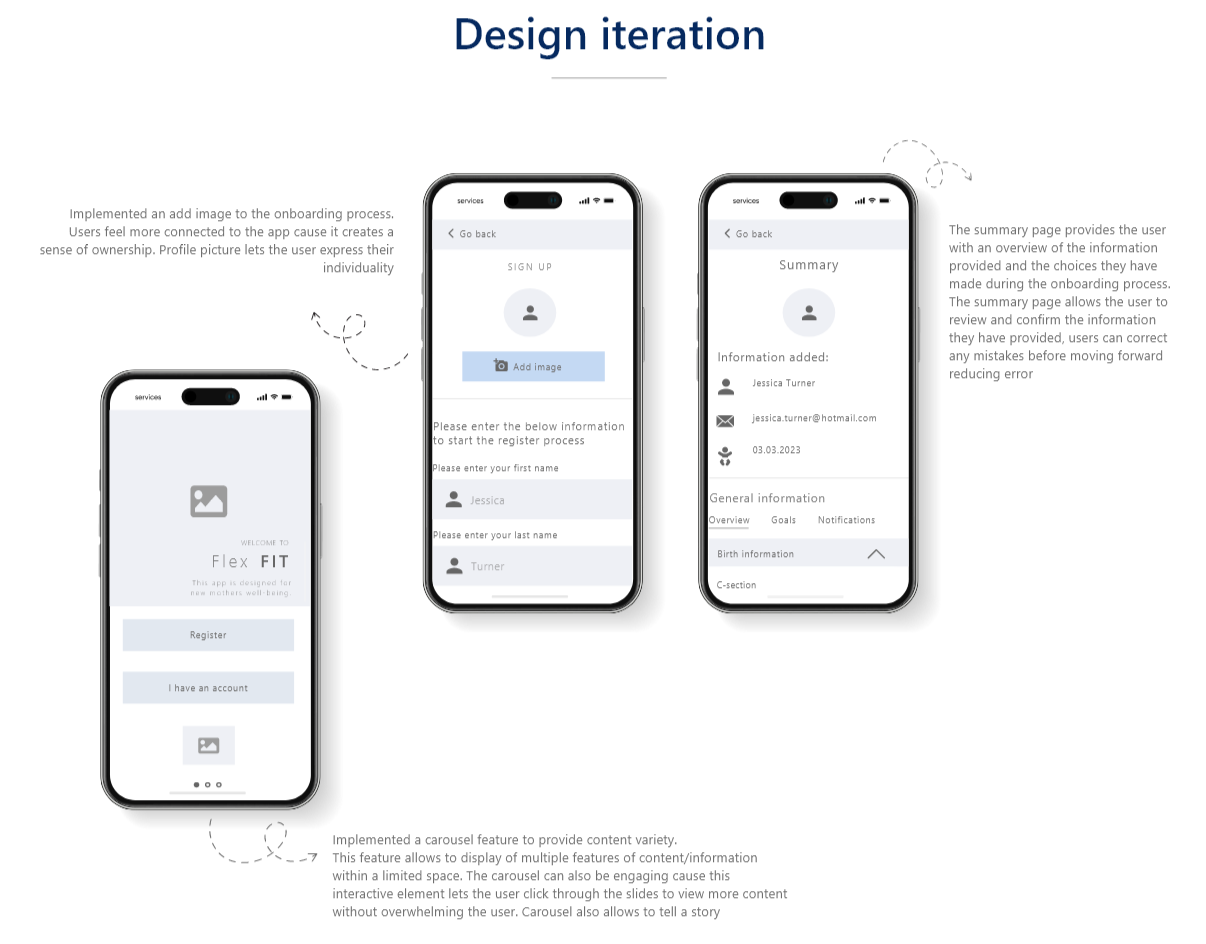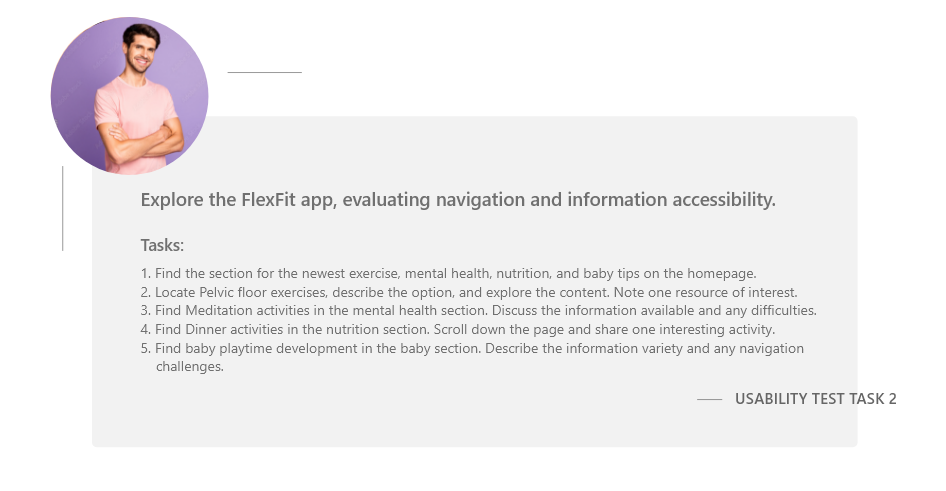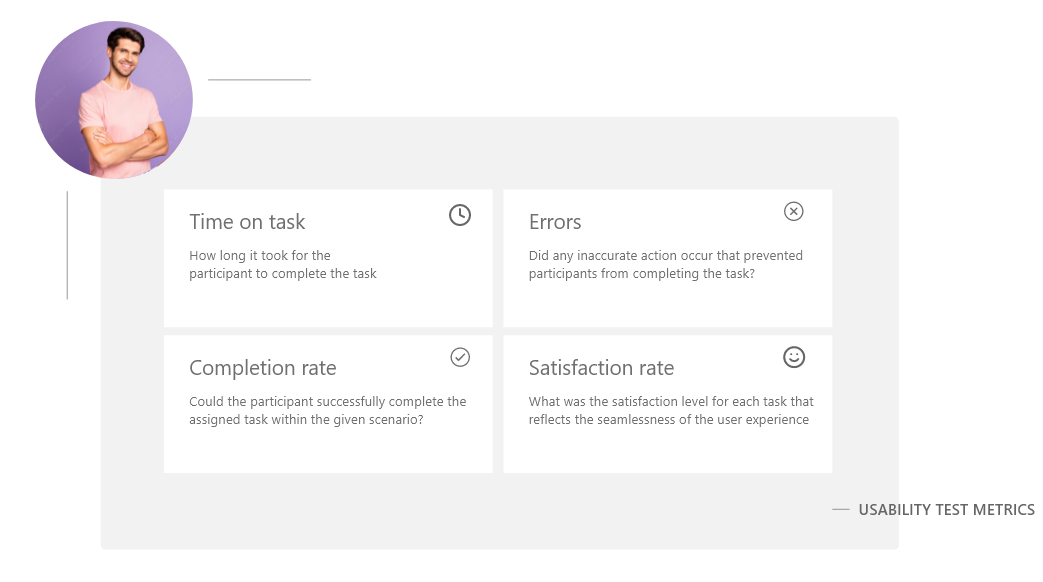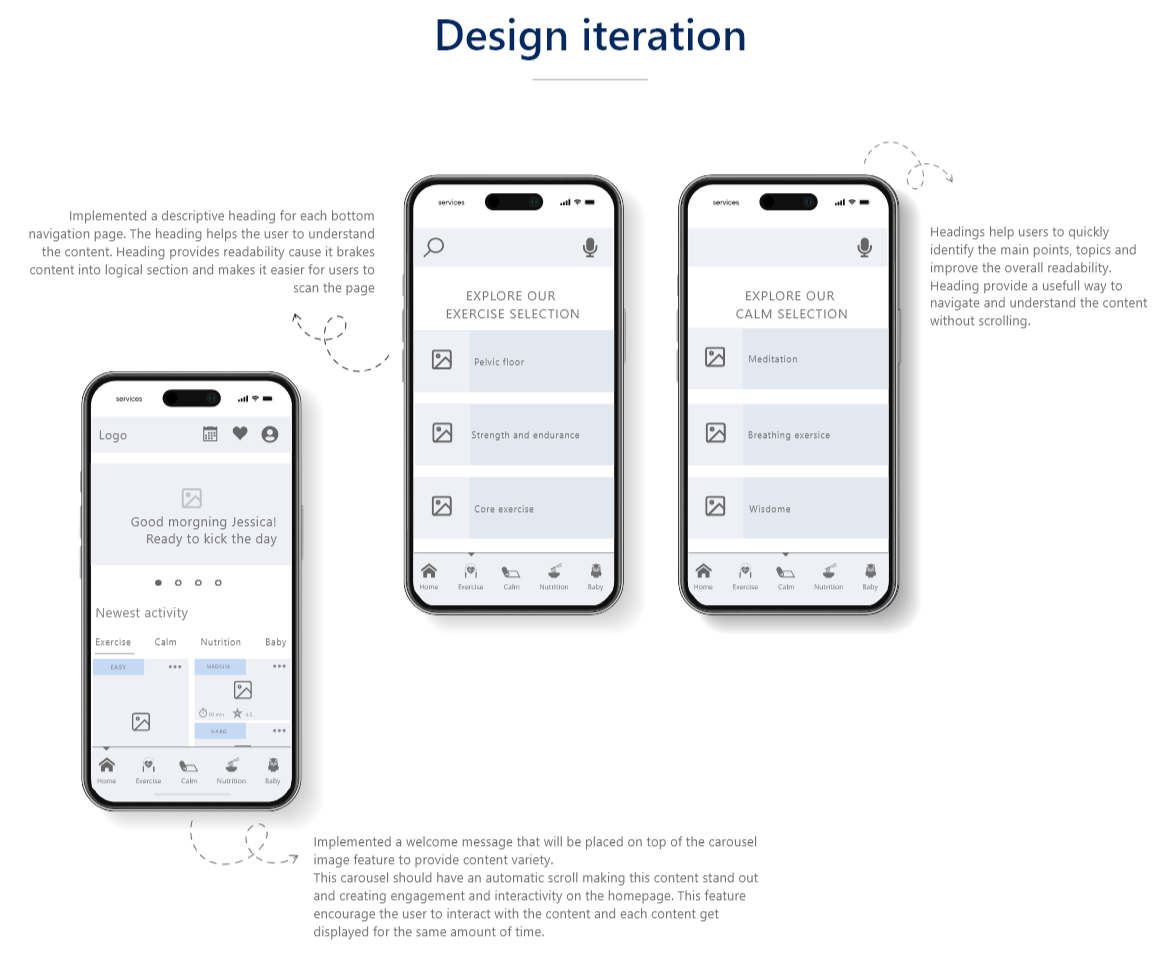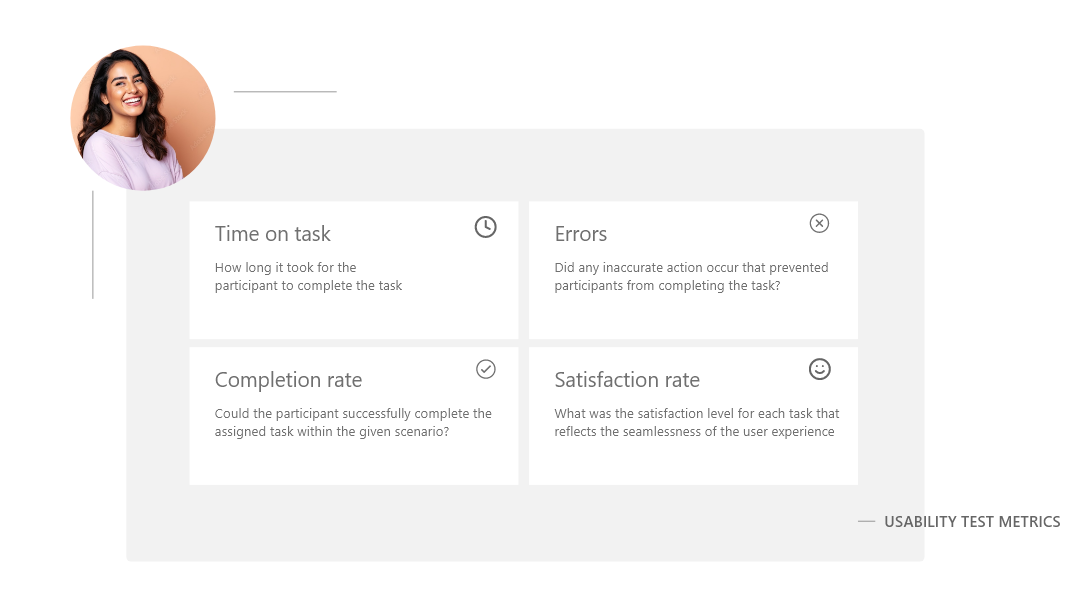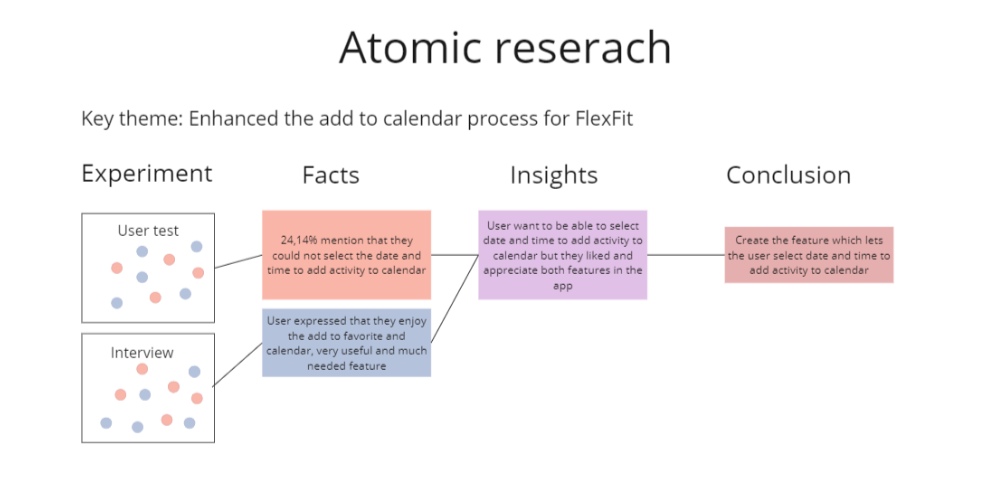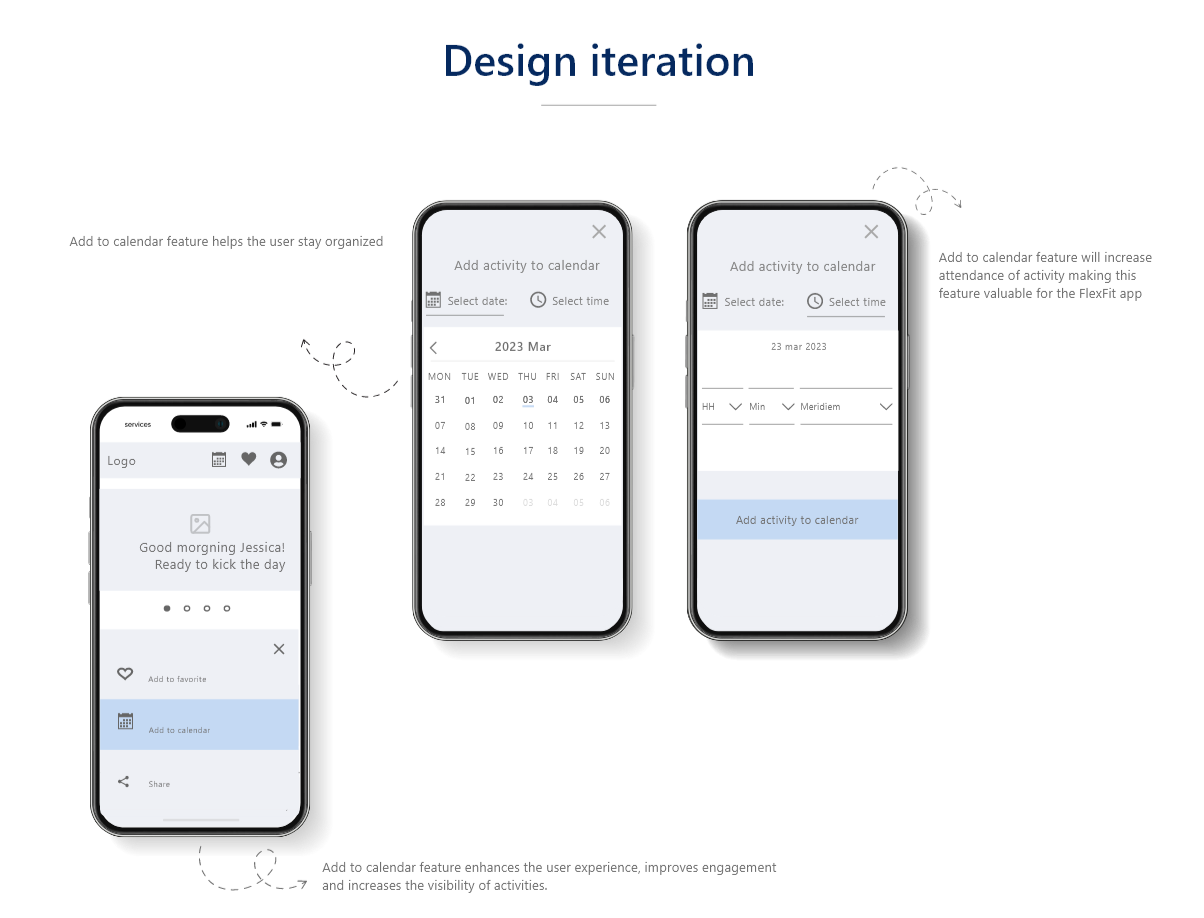Test stage
The "FlexFit" app is currently in the testing phase of the design thinking process. This phase focuses on making sure that the prototype created is user friendly and does not contain any clutter, issue or error when the user is interacting with the prototype during the usability test session. By analyzing how users interact with the app, performance metrics such as task efficiency (success and failure rates), completion time, number of errors, and user satisfaction provide the opportunities for improving the user experience and the interface design based on real data captured. Identifying and eliminating design error and confusion early in the process before moving to the implementation phase is crucial to be able to save time and money. This makes it easier to create a product that are intuitive and user friendly
Usabilty test goals
1. Identify User Issues: Discover issue user face when interacting with the Iphone and Iwatch app..
2. Evaluate Task Performance: Monitor how easily user can complete task and identify any difficulties
3. Gather Feedback: Collect qualitative and quantitative user feedback.
4. Assess Learnability: Evaluate how quickly users can learn how to use the app
5. Measure Effectiveness: Check if the user can reach their goal when interacting with the Iphone and Iwatch app
6. Collect Data on Error Rates: Track and analyze user errors to find pattern
7. Evaluate Aesthetics and Design Elements: Collect user feedback on how satisfied they are with the design to make sure that the app is visually appealing and easy to use
7. Quantify User Satisfaction: Measure user satisfaction with surveys to identify areas that may need improvement
8. Prioritize Design Changes: Identify critical issues for immediate action
Timeline for Usability test
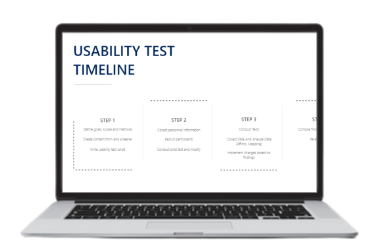
Test
Usabilty test timeline
Effective project planning is important for efficient usability testing and correct time management to avoid last minute deadlines ... A clear timeline makes sure that there is enough time to find participants, scheduling, create test scripts, and conduct pilot tests before conducting the actual usability test session. It also provides time to analyze the data and generate usability test report. This makes sure that the end product is user friendly, intuitive, engaging that ultimately enhances the user satisfaction and experience .
Metod, strategy, goals

Test
Detail working plan
A detailed usability testing plan is critical because it makes sure that the testing process is clear, consistent and organized ... This plan also includes information like resource allocation, participant recruitment criteria, information about the task the participant will perform and how data will be collected. The usability testing plan also includes research goals, plan for analyzing and reporting the results
Participant selection
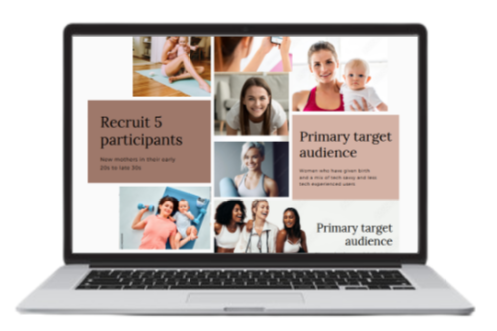
Test
Participant selection
The goal of usability testing is to understand how real users interact with the prototype created Selecting the right participant that matches the core target user of the app is crucial to get valuable and relevant feedback. ... Testing with the correct user makes it easier to identify issues because they accurately reflect the needs, preferences, and behaviors of the app core target audience. Testing with the participants that closes matches the target audience makes sure that the feedback comes from individuals that are likely to use the app. Problem encountered will be refined and make sure that the design better meet the users need
